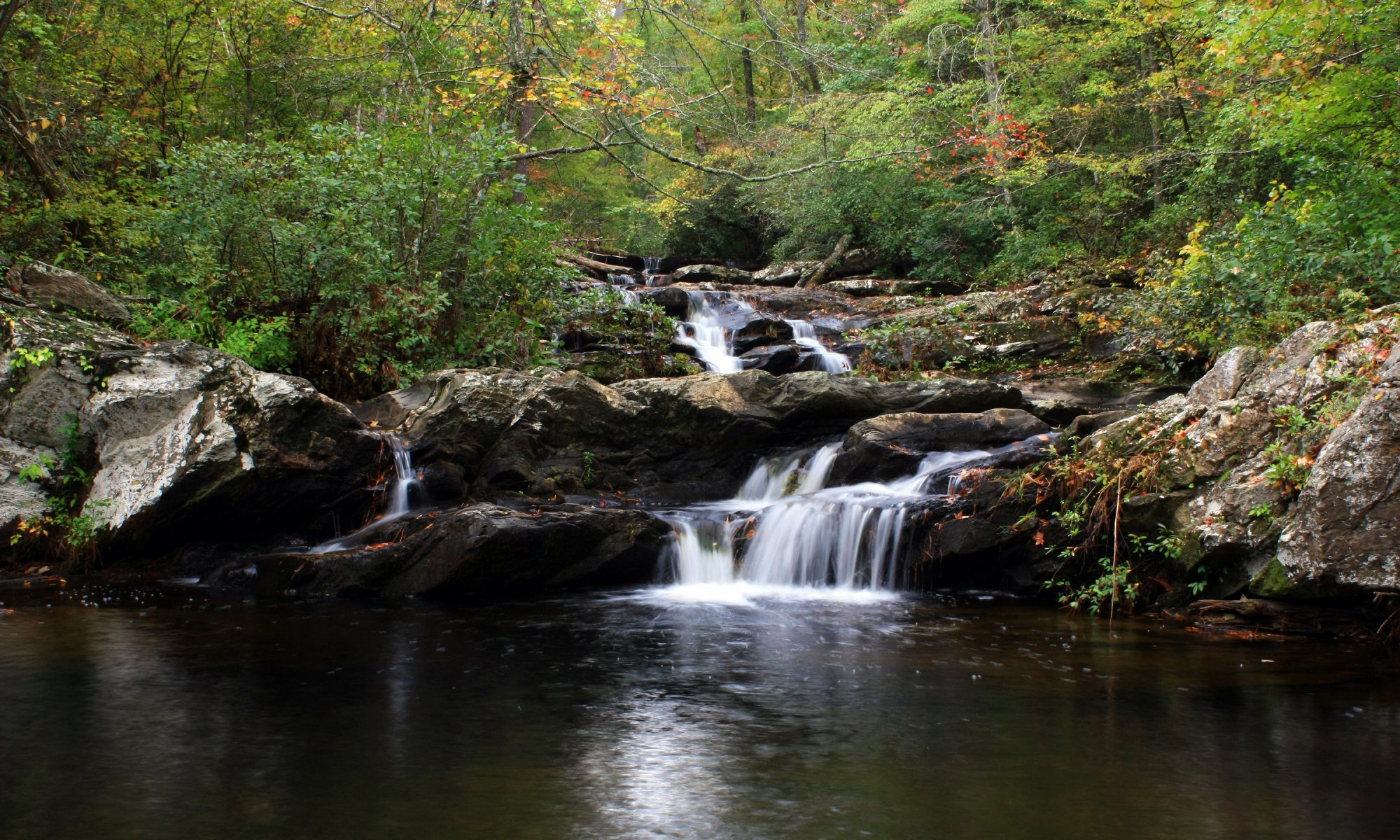
Mark Warren has spent a lifetime teaching nature and primitive skills to students and groups around the country and at his nationally renowned wilderness school, Medicine Bow, located in the mountains of North Georgia. He has written a set of books called Secret of the Forest which provides clear and concise instruction in primitive survival skills.
Warren is also a Western Historian, researching the Frontier West and figures such as Wyatt Earp, Doc Holliday, Nate Champion, and Billy (the Kid) Bonney for more than 60 years. He has lectured at a variety of venues across the country. Warren has written an award-winning trilogy on the life of Wyatt Earp Wyatt Earp, An American Odyssey, and on the life of Billy the Kid, A Last Serenade for Billy Bonney. His latest work on Nate Champion is a duology releasing in July and August 2024. Scroll down for information on his new lecture offering on Nate Champion and the Johnson County War.
Mark Warren offers programming in both nature studies, primitive skills, and Western studies. Mark presents for museums, cultural centers, botanical gardens, native plant societies, garden clubs, school groups, and historical societies. Below you will find a listing of lecture topics that he can offer to your organization. If you are interested in having Mr. Warren present to your group, contact his publicist for more information at markwarrenbooks(at)att.net.

Program: A Writer’s Journey – Although Mark has been writing for most of his life, the road to book publication has been a long journey fraught with disappointments. It took more than thirty years to get his first book published. Today, eighteen books later, Mark been honored by the Spur Awards, the Will Rogers Medallion Awards, The Historical Novel Society, the New Mexico – Arizona Book Awards, the Peacemaker Awards, and in 2022, Mark was named a Georgia Author of the Year for his novel Song of the Horseman. The main ingredient in this recipe has been perseverance in two areas: 1) the writing itself and 2) the submitting to be published. One of these efforts is pure joy. The other is a long, plodding journey on an over-used trail that has been trampled into mire.
Mark’s career as a naturalist and teacher of primitive skills makes itself known in each of his novels, making true the adage that suggests “write about what you know.” His research into Native Americans and the history of the American West has guided him toward projects about some of our most controversial Western personalities. His historical fiction novels are some of his most notable award-winners, and Mark can offer some advice for researching and writing in this genre. Find out more about Mark Warren and the road he traveled to become an award-winning writer in this personal and candid talk.
Program: The Forest’s Gifts of Food, Medicine and Craft As Practiced By the Native Americans – a lecture and photo presentation
Mark Warren, owner of the nationally renowned Medicine Bow Wilderness School in Dahlonega, GA, has been teaching about native plants, trees, and survival skills to adults and children for over half a century.
Mark believes today’s society can — and should — learn some valuable lessons and skills regarding the use of native plants for food, medicine, insect repellent, craft, and fire. In addition to a slide presentation, Mark will bring along some handmade crafts for viewing and discussion.
Quote from Mark, “Most folks today have reduced nature to a backdrop of scenery. The great deficit in this scenario is our lack of understanding that we still depend upon nature. Air to breathe, water to drink, energy to consume for our daily actions. These are commodities that are easy to take for granted, and, if they are, future generations will have no reason to respect and conserve the pieces of the puzzle we call ecology.”
Program: Seeing the Forest Through the Eyes of the Native Americans~ An easy walk through the forest to learn about the gifts of nature~ (A maximum of 13 participants.)
To understand that the forest supplied everything that the original Native American inhabitants needed is to grasp the essence of life in America before Columbus. In this program the familiar is elevated to the unique. We’ll explore the use of wild plants for foods and medicines. With a little imagination, participants can step back in time to pre-Columbian days. These resources still exist around us and continue to be useful.
Program: A History of Native People in Southern Appalachia ~ A talk and show-and-tell
This program reveals how the land of Southern Appalachia dictated the lifestyle of the people who first inhabited it. The mountains, the plants, the animals, and the geology all played their parts. The daily life of early people was guided by an intimacy and reverence for nature that our present culture has not tried to emulate. The result of this oversight is revealed in our lack of understanding about the forest and in the careless treatment of the environment.
This program includes a great deal of show-and-tell items brought by the presenter to share with the audience. Learn about early crafts, weapons, hunting techniques, attitudes, clothing, tools, foods, medicines, and games.
Program: Survival Tricks of the Trail – a lecture and photo presentation
In this program Mark shares some easy-to-use native plant medicines and practical materials for trail hikers and all lovers of the great outdoors. He covers many easy-to-identify plant remedies for bee sting, fire ants, stinging nettle, poison ivy, nausea, mouth sores, minor infection, inflammation, food- or water-poisoning, constipation, and diarrhea. Also included are natural insect repellents. And last, but not least, Mark presents some great tips for successfully observing wildlife.
Program: Edible Wild Plants of Southern Appalachia – a lecture and photo presentation
Learn about the nutritious wild plants of our region, including native species and those introduced (from other countries) that are now naturalized as part of our environment. Most of these specimens give us a look at the plant menu of the original inhabitants. Additionally, Mark Warren will discuss techniques of preparing foods. This will be a conversational program and questions from the audience are encouraged.
Program: Survival Skills – a lecture and photo presentation
This lecture covers the essential solutions to immediate needs for a person caught in an unexpected scenario of staying overnight(s) in the woods or broken down in a remote area while on a car trip. Rather than describing the ultimate “survival kit” of technological materials, this program is about using what is a available in the forest and field. In other words, “primitive survival” versus “hi-tech survival.” Subjects addressed are: shelter, fire, wild foods, water sources and purification, insect repellents, itch and bite and sting remedies, plants medicines, hunting, and trapping.
Program: Native American Medicines of the Southeast – a lecture and photo presentation
The diverse flora of the Southeast once provided everything that was needed by the original inhabitants. Our modern day ignoring of these gifts is what separates us from a life of truly interacting with nature on an intimate level. And that loss has, no doubt, contributed to our careless handling of the land. The good news is that this trend can be reversed, one person at a time. This program covers plants that may be used for common ailments, ranging from minor cuts, stings, head lice, and rashes to gall stones, dysentery, nausea, and skin cancer. Techniques for field preparations are included.
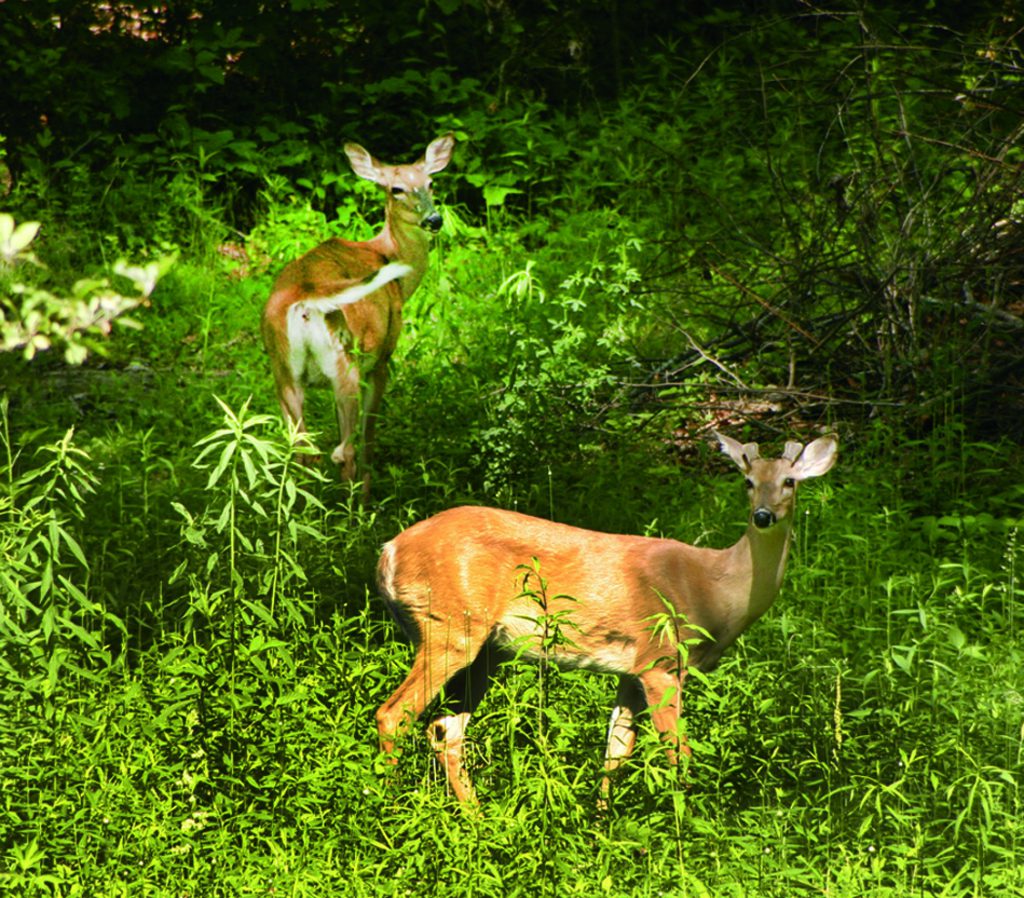
Program: The Art of Stalking for Photographers, Wildlife Observers, and Hunters ~ a group class on “how to,” not an expedition to sight wildlife, which necessarily requires a solo effort.
All native hunters adopted some method of reducing the distance between hunter and prey. There were several techniques. Whether one hunts or not, simply getting close enough to a wild creature to observe its lifestyle is a worthwhile adventure for anyone. This presentation will impart the physical and mental discipline for approaching an animal by a motion that remains invisible in the peripheral vision of prey. It is this mode of vision that animals use as a general “radar” system to be on the lookout for danger. This class is athletic and self-focusing. It tests and boosts balance, strength, and patience.
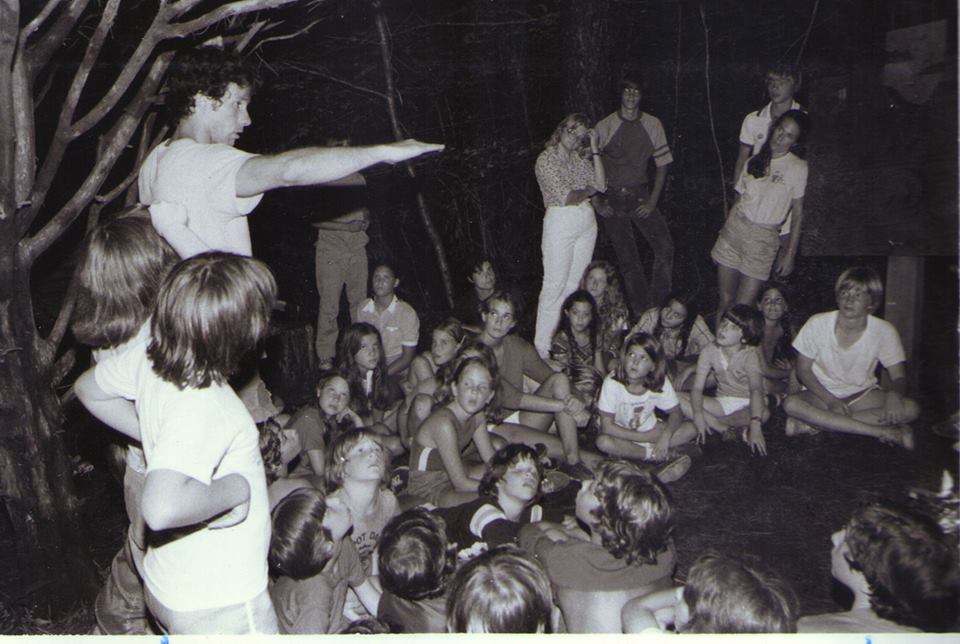
Program: Storytelling & Ceremony, Secret Tips for Parents, Grandparents, Scout Leaders, Schoolteachers, and Other Educators ~ a lecture
Mark Warren has been using storytelling and ceremony as a component of his nature teaching for more than 50 years. At Medicine Bow – his wilderness school in the mountains of Georgia – he preserves some traditional legends and rites, but perhaps more importantly he has introduced original tales and rituals that serve his nature lessons and help to build the self-esteem of his students.
The right story is like a seed planted in a fertile mind, providing a perfect stepping-off place for any adventure. Whether seated around a campfire at night or gathered in the shade of a hemlock tree at noon, students of all ages can be treated to an entertaining tale designed to kick-start the mastering of a physical skill coming up on their agenda: fire making, plant study, archery, animal study, conservation, orienteering, camp crafts, etc. Such a self-visualized “preview” can be shaped in perfect accordance with the teacher’s goals.
Ceremony – largely lost in the current American culture – brings to life an invisible abstraction, like bravery, determination, generosity, or empathy. It places the student on a personal and private path of self-improvement “to be the best of who he/she can be” . . . by choice! Ceremony can open the door to an intimate relationship with nature. It in no way trespasses upon religious beliefs, but concentrates on bettering oneself, no matter what his/her spiritual leanings.
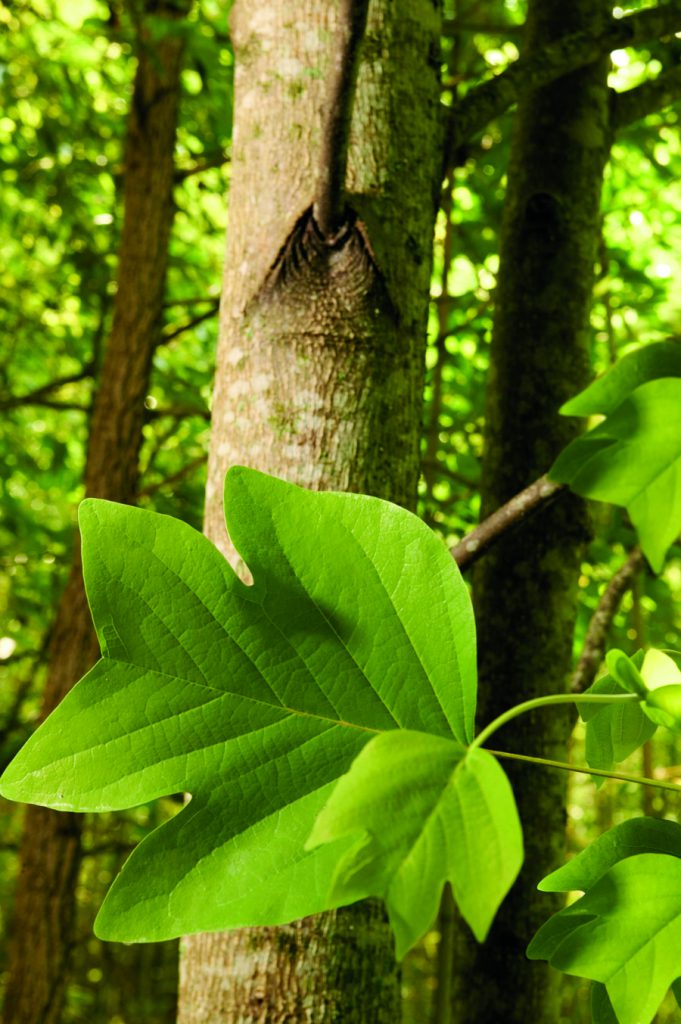
Program: Design in Nature ~ a lecture and photo presentation
Nature has a quiet, invisible force always pushing plants and animals toward success. We will have a look at both the botanical and animal sides of this, with our emphasis on native plants. What we see in our lifetime is the present version of each particular species’ state of success, and it is worthwhile to remember two things about this phenomenon:
- What you see before you is necessarily a view of what has proved to be successful up to now.
- But the process is still ongoing. The force never sleeps.
We can study a common feature of any plant: a prickly spine, a cluster of tiny hairs, the shape of a leaf, a color from a botanical pigment, the length of a flower stalk, a scent, a tasty flavor, etc. These everyday details of plants can be looked at from an entirely new perspective, giving us even more respect for that plant’s design and purpose. These little architectural or functional points are speaking out to us, telling us of the struggle to survive, and demonstrating the brilliant solutions that nature has bestowed. This program leads an audience toward stories as old as time itself.
Another thought-provoking part of this class in design involves identifying human inventions that were inspired by specific natural items.
Warren’s expertise as a western historian makes him uniquely qualified to speak on a variety of subjects about the “Old West.”
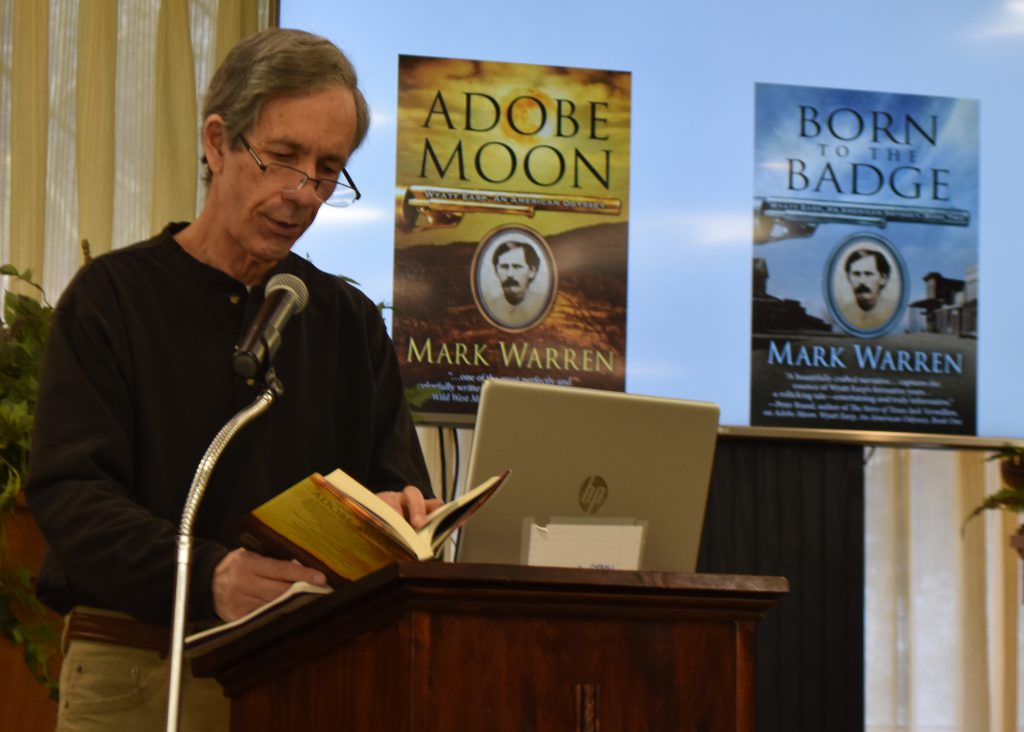
Program: The Cowboy’s Place in America’s Self-Image – a lecture and photo presentation
America’s concept of its Wild West has played a big part in defining its collective psyche as a nation. In the early 20th century the laconic cowboy emerged as a unique standard for independence, self-reliance, Victorian courtesy, and unbending courage. Thanks to a wave of pulp magazines that touted the West as the new venue for adventure and romance, Americans now had Western heroes from the common ranks of the everyday worker.
After the Civil War, the West offered an opportunity for a man to begin his life anew . . . no questions asked. In fact, one of the so-called “codes of the West” prohibited one man from asking about another’s past. Crossing that line in a male-dominated society could erupt into violence, for these veterans of a most bloody war were inured to killing. Violence lay just beneath the surface of their skin.
Equally unpredictable were the younger men who had not fought in the war, for they felt the need to prove themselves to their “elders.” They were pulled by the magnet of the West, too. This made for a volatile mix of personalities.
The origin of the cowboy is found in the Mexican vaquero, and the border Americans readily adopted the “horseman culture” as their own . . . especially Texans. These Democrat, Confederacy-sympathizers pushed cattle north to the railheads to face the Yankee, Republican lawmen who demanded law and order. Naturally, the sparks flew.
When the West was commercialized by Buffalo Bill, by aspiring authors, by motion pictures, and finally by television, a new persona for the cowboy was invented and has stuck to this day. Join us to learn about the history of cowboys in the West and the grooming of their image as an American icon.
Program: Nate Champion and the Johnson County War, 1892 – a lecture and photo presentation
Warren’s years of research reveal why Western scholars consider Nate Champion to be one of the unsung heroes of American history. As a young Texan cowhand, he travels to Wyoming to stake his claim as an independent rancher. Nate finds himself thrown into the crucible of the Johnson County War. This program reveals one of America’s most egregious acts of insurrection and how one man unknowingly prevented the crime of the century and became a martyr to the common laborer. Join us to find out about how the government’s free-range policy inspired chaos and lawlessness among ranchers all over the West.
Program: What Made Wyatt Earp Tick? – a lecture and photo presentation
Many historians have attempted to dissect the personality of Wyatt Earp, calling him a complex man with contradictory callings. He was, in fact, a very simple man with a straight-forward demeanor. His physical prowess put him in a commanding position among other men, but his confidence and deliberation were the palpable forces that made others fear or admire him.
After 63 years of research, author and Western historian Mark Warren reveals the true nature of Wyatt Earp and explains why he has deservedly entered the pantheon of American heroes. His trilogy entitled Wyatt Earp, An American Odyssey is a story of balance, incorporating all the known facts about the famous peace officer’s life and his perspective on the principles by which Earp lived his life—and why he sometimes veered from that credo. Join us for a study of all things Earp and the photographs that chronicle his life.
Program: Our Favorite Outlaw of the American West: Billy the Kid – a lecture and photo presentation
In the late 19th century a young man named Henry McCarty changed his name to William H. Bonney and became one of the best-known historical characters of our Western mythology. We know him as “Billy the Kid.” Who was this young Irish lad who was so loved by the Hispanic community of the Southwest? Warren presents the lesser-known facts about this young man’s life and the war-torn land that he loved to give an audience a new understanding of the dichotomous nature of history. One person’s “bad man” is another person’s “good guy.”
Program: The Rocky Road of Researching Wyatt Earp – a lecture and slide presentation
If you were dictating your experiences to an ambitious writer hungry for your life story, are there episodes from your past that you would simply not mention? This is one of the human propensities that can taint a biography based solely upon the reminiscences of its protagonist. Add to this research-deterrent a taciturn personality—a man whose speech was so laconic that most of his answers were delivered in monotonic phrases that only occasionally extended to full-length sentences.
Naturally, a thorough researcher must expand his or her sources to include the perspectives of others. With Wyatt Earp, this external probe ran into a conundrum for the historians back in the first half of the twentieth century, when many of those peripheral characters were still alive. It seems that Earp’s contemporaries fell into two camps: those who admired him and threw their allegiance his way . . . and those who detested him. Of that latter group, their descendants still carry that torch today and would love nothing more than to incinerate his heroic myth.
So which is it? He was a stalwart officer of the law. He was a criminal. He would spontaneously face a danger alone without hesitation. He was a dissimulator who always ran with a gang to back him up. He stood for the law and for the definition of duty. He was an opportunist who wore a badge for personal gain.
No man is just one thing. No man has a spotless record. For a writer, balancing all the elements of truth is an artful endeavor. With Earp this process has been made all the more problematic by the bias of historians, themselves. Sanitized versions of Wyatt Earp’s life fill library book shelves. Right next to them are the condemning anti-Earp publications. It would seem impossible for a present day reader to draw a reasonable conclusion about the man.
Author Mark Warren discusses his Earp experiences that span 63 years of research from Georgia to California. His trilogy entitled “Wyatt Earp, An American Odyssey” is a story of balance, incorporating all the known facts about the famous peace officer’s life and his perspective on the principles by which Earp lived his life—and why he sometimes veered from that credo. Join us for a study of all things Earp and the photographs that chronicle his life.
For information on scheduling Mark Warren for a program, please contact his publicist, Susan Brown, at markwarrenbooks(at)att.net.
